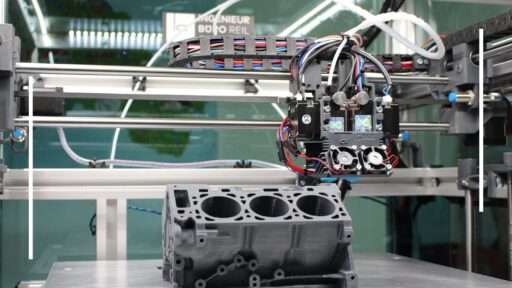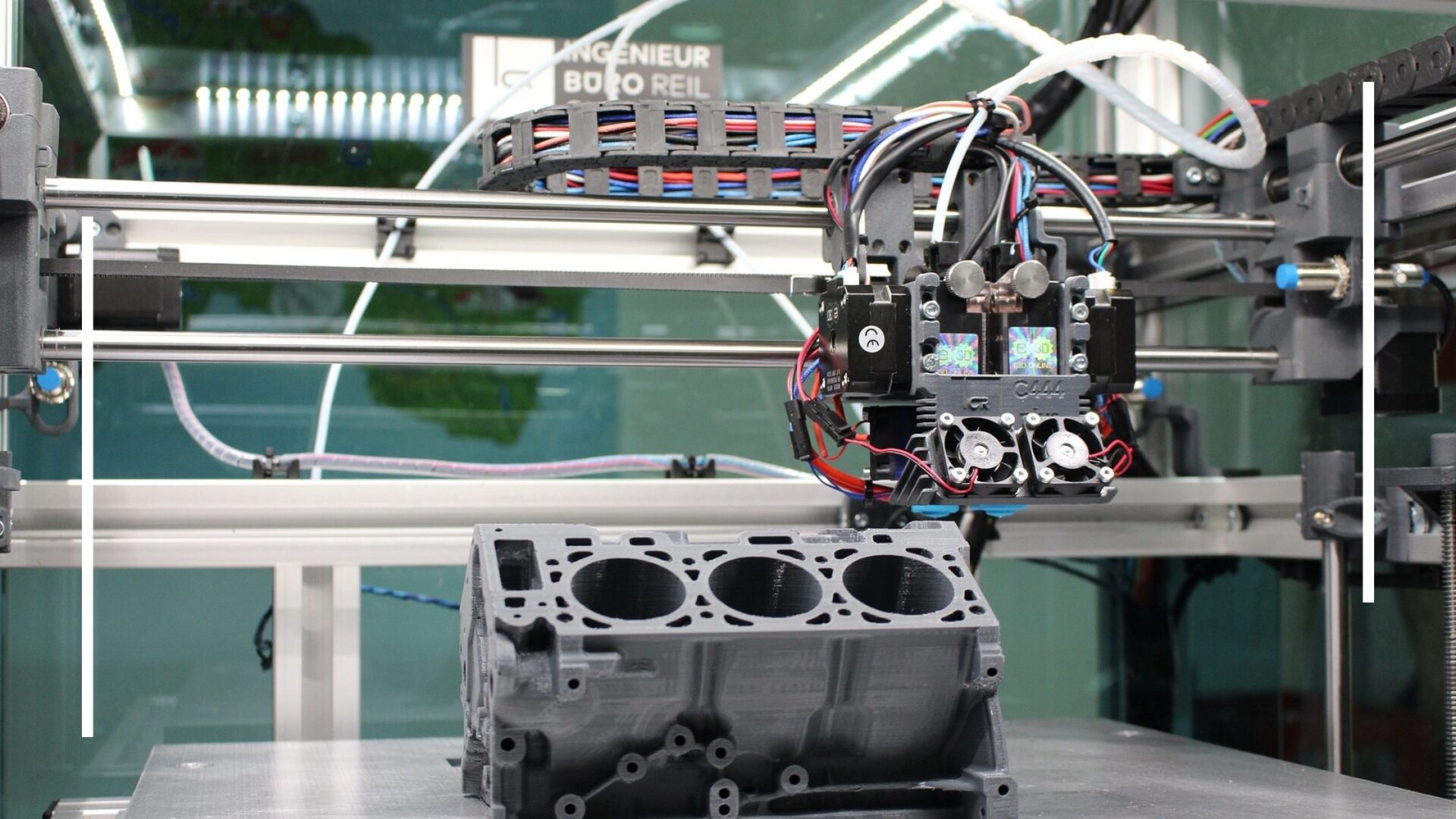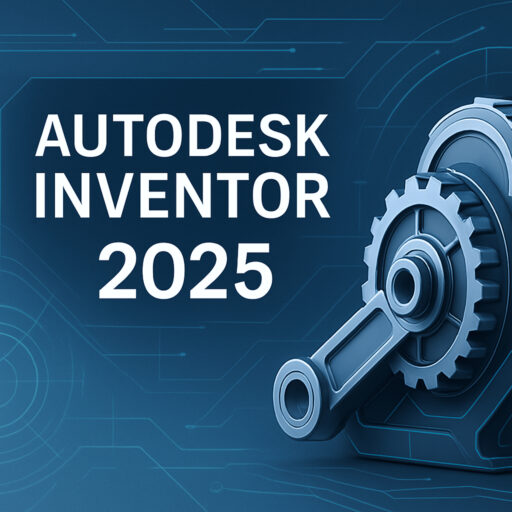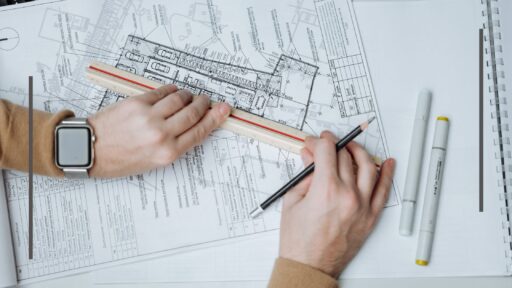With the advancement of technology, 3D printing has emerged as one of the most innovative and revolutionary technologies in the manufacturing and design industries. It has not only transformed the way products are manufactured but has also paved the way for new and creative designs.
In this blog, we will explore the impact of 3D printing on manufacturing and design industries and how we can stay abreast of the increasing market demand via 3D printing courses and certificate programs.
1. How 3D Printing is Transforming Manufacturing?
Here are some of the ways that 3D printing has impacted the manufacturing and design industries:
-
Rapid Prototyping:
With 3D printing, it is possible to create a physical model of a design quickly and inexpensively, allowing manufacturers to test and refine the design before production. This helps reduce the risk of errors and saves time and money.
-
Customization:
3D printing allows manufacturers to create customized products for individual customers, giving them a competitive edge in the market. This is particularly beneficial in industries such as fashion and jewelry, where individuality is highly valued.
-
Reduced Waste:
Unlike traditional manufacturing processes, 3D printing creates little to no waste, as only the required amount of material is used. This makes it a more environmentally-friendly solution.
-
Flexibility:
3D printing enables manufacturers to produce complex shapes and structures that would be difficult or impossible to create using traditional methods. This allows for greater design flexibility and innovation.
2. How has 3D printing changed the design industry?
In addition to manufacturing, 3D printing has also had a significant impact on the design industry. 3D printing enables designers to create unique and intricate designs that were previously impossible to make using traditional design methods.
Creativity Unleashed
With 3D printing, designers can quickly create prototypes and iterate their designs until they achieve the desired result. 3D printing has also opened up new avenues for designers to create functional and innovative products, such as prosthetics, jewelry, and custom-made products.
3. How 3D Printing is Used Across Industries
The impact of 3D printing extends far beyond manufacturing and design, touching various sectors and unlocking innovative solutions. Here, we delve deeper into how 3D printing is making waves across different industries:
- Healthcare: Personalized Medical Solutions
- Automotive: Speeding Up Innovation
- Aerospace: High-Performance Components
- Architecture and Construction: Sustainable Building
- Consumer Goods: Customized Products
- Education and Research: Hands-On Learning
Healthcare: Personalized Medical Solutions
In the healthcare sector, 3D printing has emerged as a game-changer. It enables the creation of patient-specific medical solutions, ranging from custom implants to prosthetics tailored to individual needs.
Surgeons and medical professionals can now design and produce implants that fit patients perfectly, reducing the risk of complications and improving overall patient outcomes. Additionally, 3D bioprinting is advancing rapidly, holding the potential to revolutionize organ transplantation with the ability to print functional tissues and organs.
Automotive: Speeding Up Innovation
3D printing has found a niche in the automotive industry, where rapid prototyping is crucial. Car manufacturers use 3D printing to create prototypes of various components, from engine parts to interior design elements.
This approach accelerates the innovation cycle, allowing for quicker development and testing of new vehicle designs. It also enables customization, where customers can personalize certain car features, bringing a unique touch to their vehicles.
Aerospace: High-Performance Components
In aerospace, precision and lightweight materials are paramount. 3D printing has enabled the creation of high-performance components that are essential for space exploration and aviation. The technology allows for the production of intricate and complex parts with minimal weight, contributing to fuel efficiency and overall performance.
For instance, critical components like turbine blades and lightweight structural elements are manufactured with 3D printing, pushing the boundaries of what’s possible in aerospace engineering.
Architecture and Construction: Sustainable Building
Architects and construction firms are harnessing the power of 3D printing to revolutionize the building industry. The technology enables the construction of intricate and sustainable structures that were once challenging to create.
Large-scale 3D printers can produce building components on-site using various materials, including concrete and sustainable alternatives. This not only reduces construction time but also minimizes waste and allows for innovative architectural designs that were previously impractical.
Consumer Goods: Customized Products
Beyond these specialized industries, 3D printing is making waves in consumer goods. Companies are leveraging 3D printing to offer personalized and unique products to consumers.
Whether it’s custom-made furniture, personalized smartphone cases, or bespoke fashion items, 3D printing empowers consumers to have a hand in the design process. This trend is reshaping the retail landscape, emphasizing individuality and creative expression.
Education and Research: Hands-On Learning
In educational institutions and research settings, 3D printing is a valuable tool for hands-on learning and experimentation. Students and researchers can use 3D printing technology to bring their ideas to life, creating prototypes and models for various projects.
This practical experience fosters innovation and problem-solving skills, preparing the workforce of the future to harness the full potential of 3D printing in their respective fields.
4. Learning and Adapting to the 3D Printing Revolution
To keep up with the rapidly evolving technology of 3D printing, it is crucial to gain knowledge and skills in this field. Several 3D printing courses and certificate programs are available for students and working professionals to learn about this innovative technology.
These courses cover topics such as 3D modeling, printing techniques, and material science. By enrolling in a 3D printing course, individuals can gain hands-on experience with 3D printing and gain the skills necessary to design and manufacture using this technology.
Wrapping Up!
3D printing has transformed the manufacturing and design industries, offering new and creative ways to produce products and designs. 3D printing technology has revolutionized the manufacturing and design industries, making the production process more efficient and cost-effective. From prototyping to final product manufacturing, 3D printing has become a popular solution to improve productivity and meet growing demands in various industries.
To keep up with this innovative technology, enroll in a 3D printing course and gain the skills necessary to succeed in these industries.
FAQs
Q1: What industries benefit most from 3D printing?
3D printing benefits a wide range of industries, including healthcare, automotive, aerospace, and architecture, among others.
Q2: How does 3D printing contribute to sustainability?
3D printing generates minimal waste as it uses only the required amount of material, making it an environmentally friendly manufacturing option.
Q3: Are there any disadvantages to 3D printing in manufacturing?
While 3D printing offers many advantages, it can be slower than traditional methods for mass production.
Q4: What skills can I gain from a 3D printing course?
3D printing courses cover topics such as 3D modeling, printing techniques, and material science, providing hands-on experience in this innovative field.
Q5: How can I get started with 3D printing for personal projects?
You can start with beginner-friendly 3D printing courses to learn the basics and then explore various 3D printing technologies and materials for your projects.





